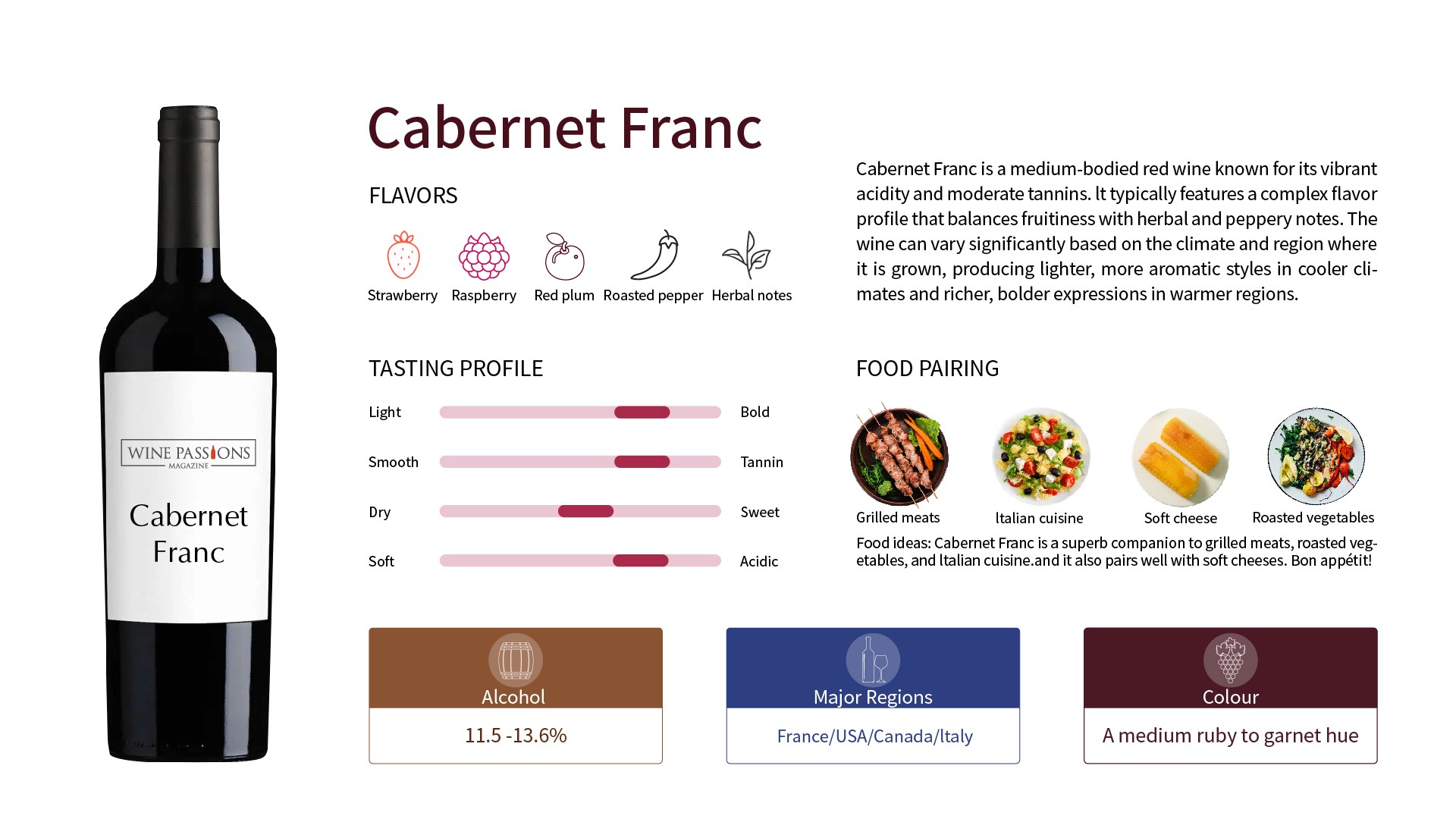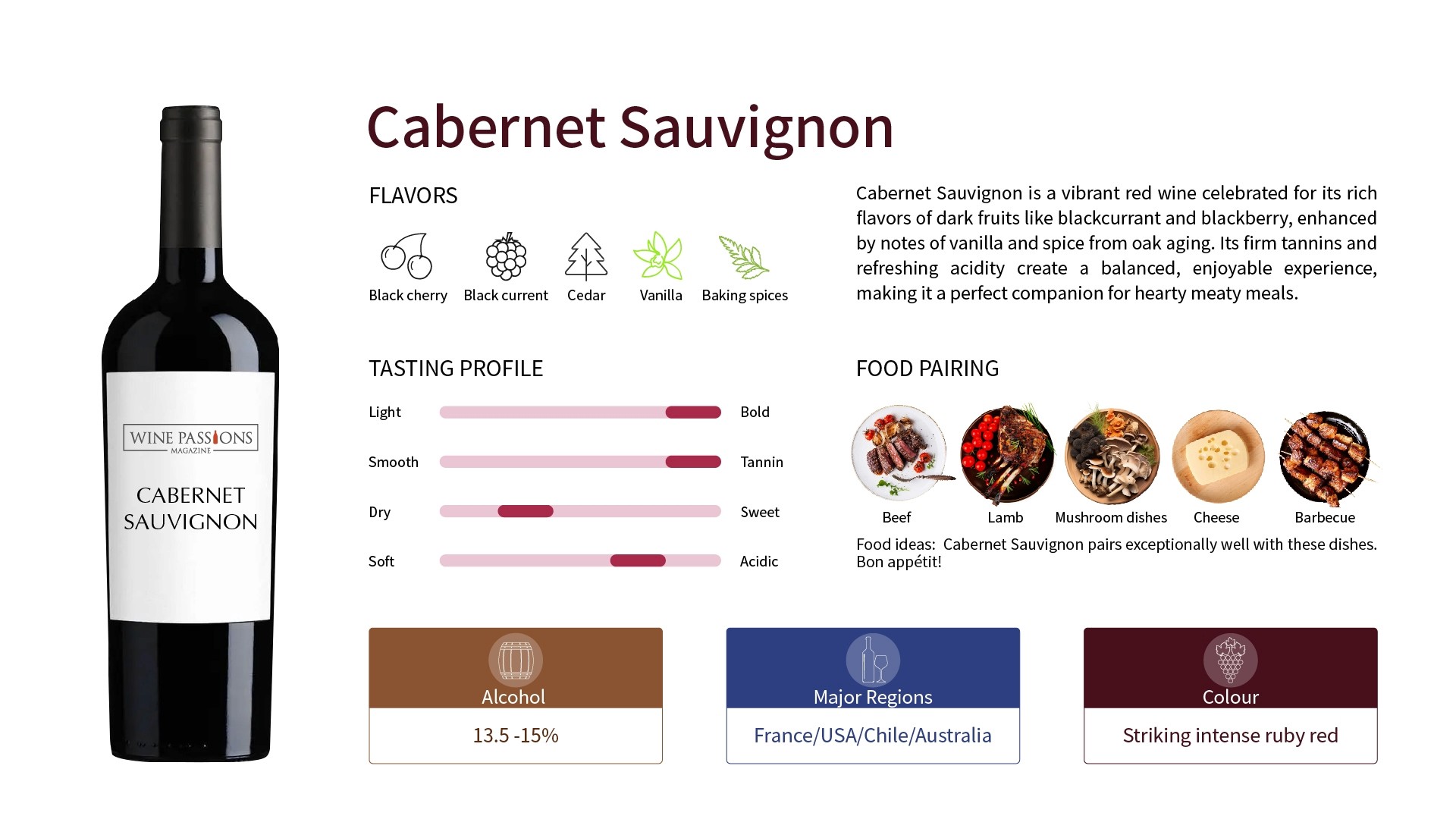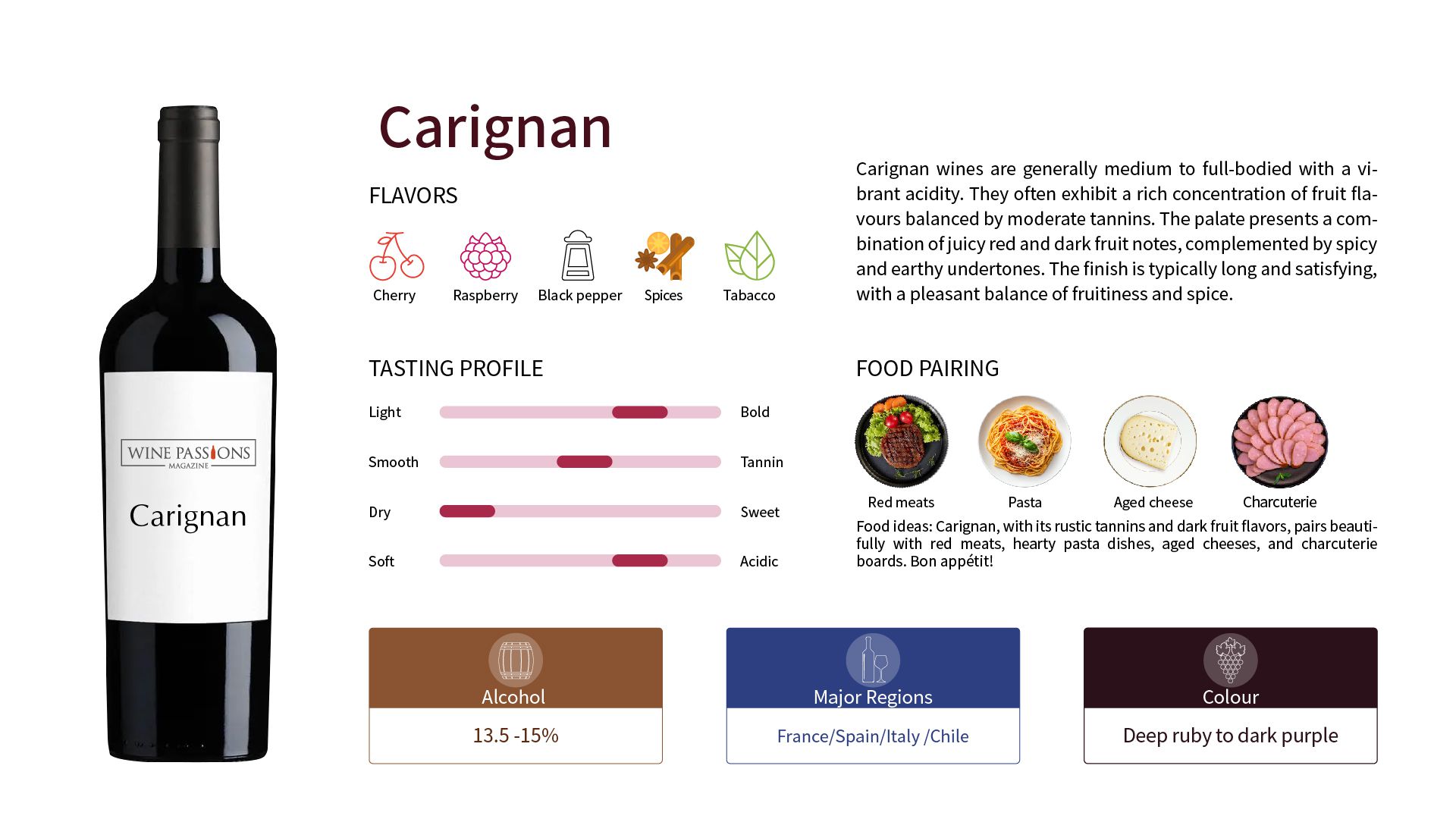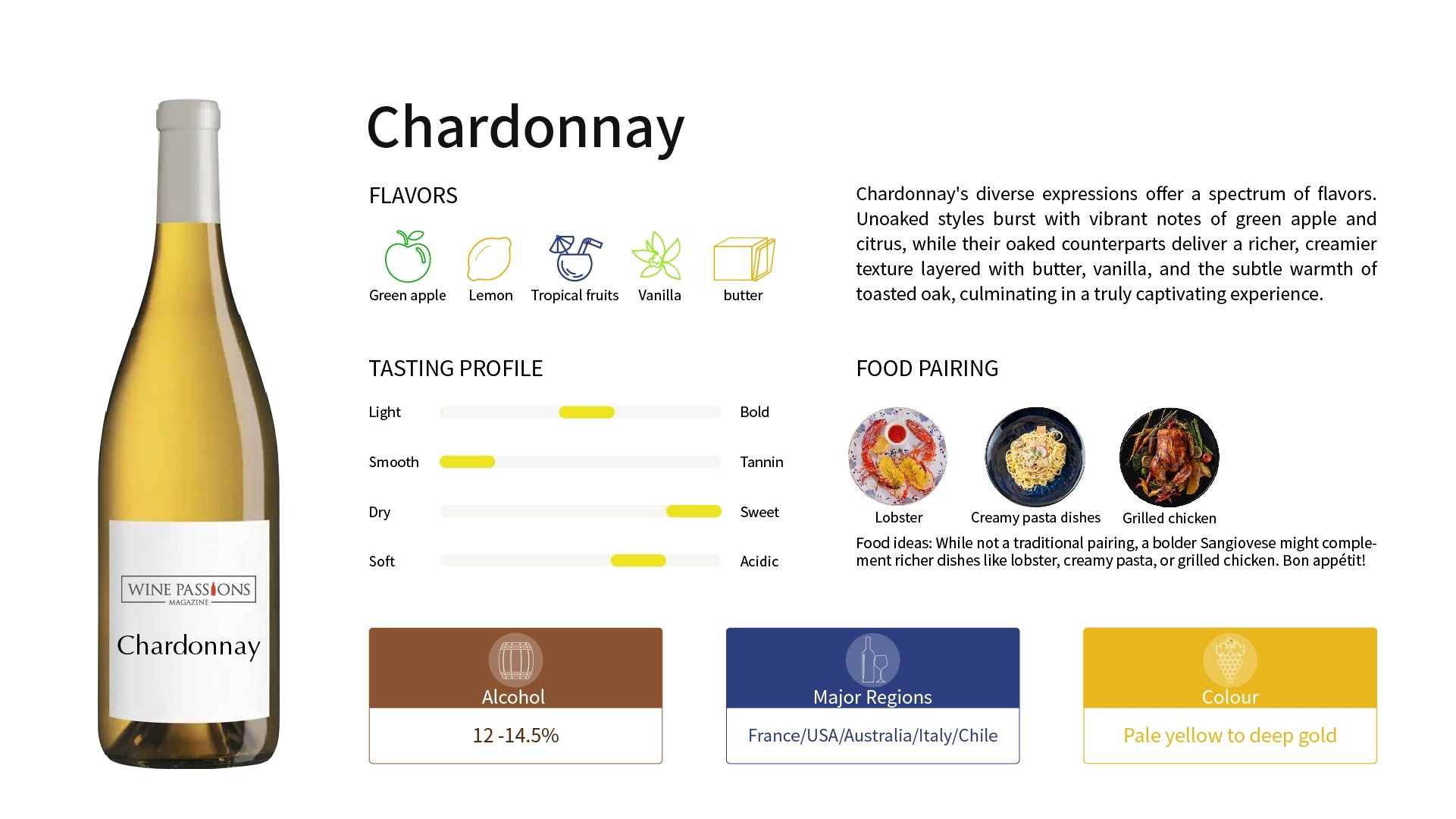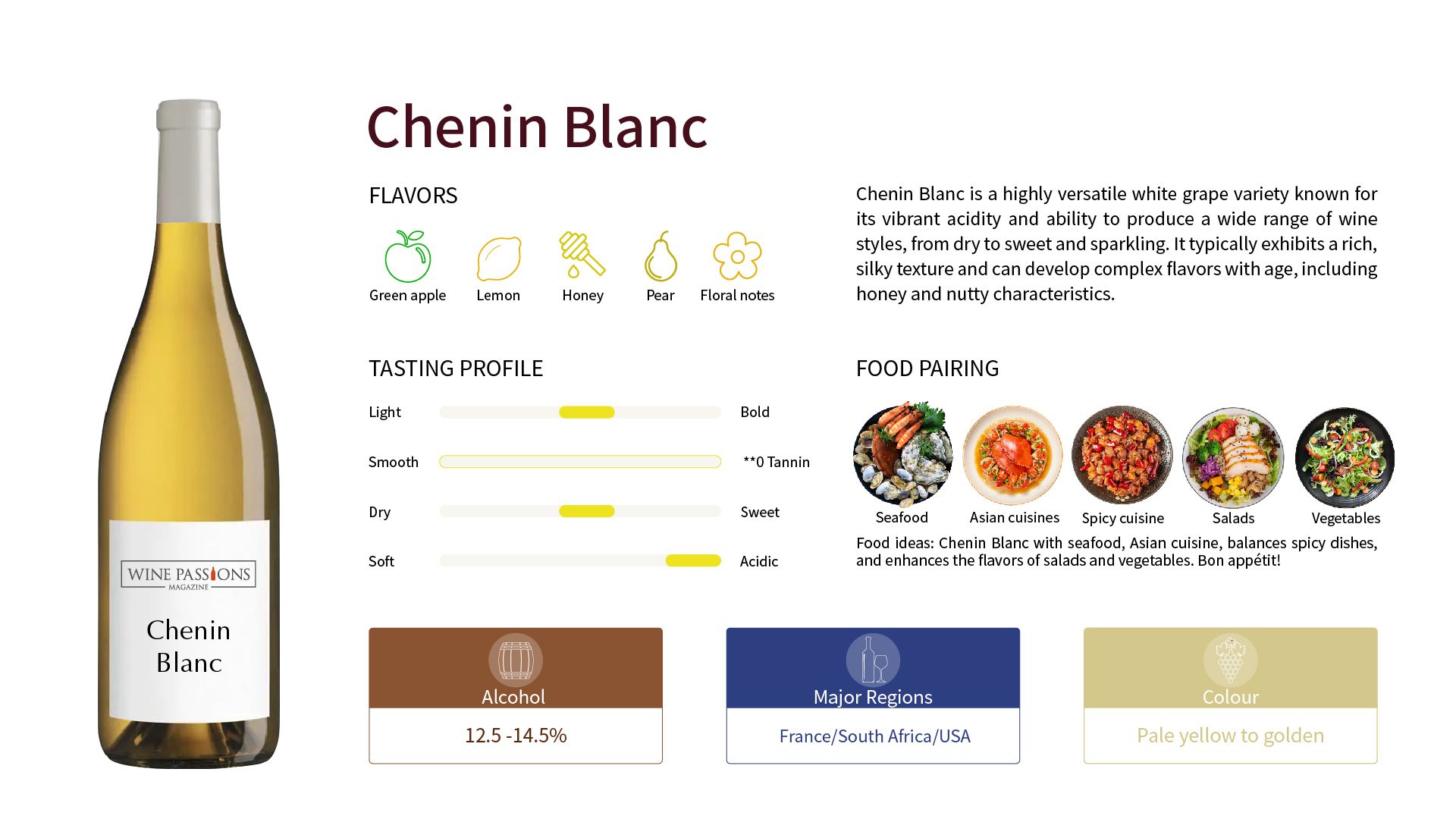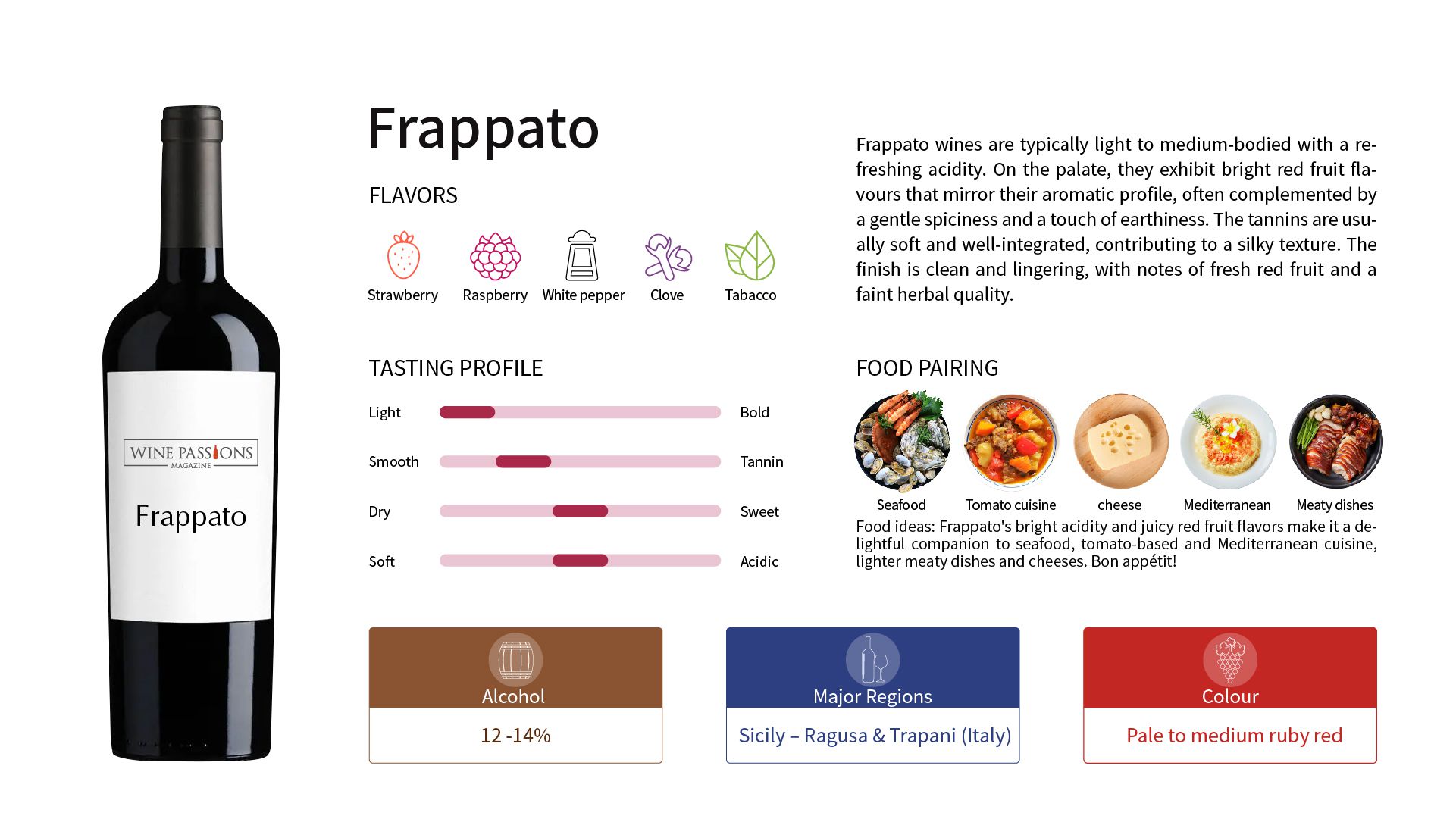Cabernet Franc
Background and Origins
The history of Viura can be traced back to northern Spain, particularly in the Rioja region. This grape has a long history of cultivation in the area, and due to the impact of phylloxera in the late 19th century to early 20th century, many vineyards were devastated, leading to a reduction in the area under Viura cultivation. However, with winemakers' renewed recognition of the potential of this variety, especially in the Rioja and Catalunya regions, Viura began to experience a renaissance.
Reconstruction of Old Vines: Many winemakers began to focus on restoring abandoned old vines, which typically grow in poor soils, allowing Viura to showcase higher quality and deeper flavor.
Climate and Soil: Viura thrives in cool, high-altitude climates, and its diverse soils (such as limestone and clay) provide it with unique mineral flavors. These factors collectively contribute to the enhancement of the variety's quality.
Today, Viura has become one of the most popular white grape varieties in Spain, attracting attention in international markets for its unique flavors.
Reasons for Popularity
The versatility of Viura allows it to showcase diverse styles depending on the techniques of winemakers:
Diverse Winemaking Styles: Many Viura wines maintain their freshness and fruitiness without oak aging, displaying crisp acidity and vibrant citrus fruit flavors. These wines are often suitable for youthful drinking, especially in the hot summer months, served as an aperitif or paired with seafood and salads. They can also be aged in oak barrels, which makes the wine rounder and more complex. Viura aged in oak displays complex flavors of vanilla, nuts, and toasted bread, making it suitable for pairing with hearty dishes like roasted meats or cheese platters.
Good Acidity and Balance: Viura exhibits bright acidity when harvested early, bringing a refreshment to the palate. This characteristic makes Viura particularly enjoyable in summer, especially when paired with seafood or light meals, as its acidity balances the fat in the food.
Excellent Aging Potential: Many high-quality Viura wines can age for over 10 years, and over time, their structure and flavors become rounder and more elegant. This has sparked strong interest among collectors for premium Viura, making it suitable for long-term storage.
Strong Adaptability: Viura can grow in various climatic conditions, including cool, high-altitude areas as well as warm, dry environments. This allows it to express different characteristics in major wine regions of Spain (such as Rioja, Catalunya, and Valdeorras). Even under challenging conditions, it can maintain healthy growth, which encourages many winemakers to cultivate this variety.
Flavor Characteristics
Fruit Aromas: Usually displays bright citrus fruit aromas, such as lemon, lime, and melon.
Spices: Notes of vanilla, almond, and other spices can be detected.
Texture: Generally medium to light body, with good acidity and balance. Tannins are smooth and not overly robust.
Main Regions
Primarily grown in Spain's Rioja, Catalunya, and Valdeorras:
Rioja: As one of the most important regions for Viura, this area produces some of the most representative white Rioja wines. Viura here is typically blended with Malvasia and Garnacha Blanca to enhance the body structure and flavor complexity.
Catalunya: In the Catalunya region, Viura is known as Macabeo and is a significant component of Cava. It is blended with varieties such as Parellada and Xarel-lo, giving Cava its unique freshness and fragrance.
Valdeorras: This region is also known for producing high-quality Viura, with its unique soil and climate conditions resulting in white wines with good structure and flavor.
Other Regions: In addition to the main regions mentioned above, Viura is also cultivated in other areas of Spain such as Navarra and Castilla-La Mancha.
Famous Viura Wine
Bodegas Conde Valdemar Finca Alto Cantabria
This 100% Viura white wine is praised for its fresh acidity and rich fruit aromas, making it an excellent choice to explore this variety. Finca Alto Cantabria is located on a plateau by the Ebro River, and its unique soil conditions allow this wine to showcase distinctive mineral flavors.
Bodegas Taron Blanco
This winery focuses on traditional winemaking techniques, and its Viura exhibits profound and complex flavors, making it very suitable for pairing with various cuisines. Bodegas Taron hails from Rioja Alta and is known for its high-quality grapes, with this wine fully embodying the characteristics of the region.
Marqués de Cáceres Rioja Blanco
This white Rioja is known for its elegant structure and good aging potential, making it a dream choice for collectors. Marqués de Cáceres is a historic winery, celebrated for its high-quality wines, and its Viura is often considered a representative work of the brand.
Tasting Method
Tasting Temperature: Recommended at 7-13°C
Tasting Glass: White wine glass
Aeration Time: No aeration needed
Aging Potential: 5-15 years
Food Pairing
Seafood, such as grilled fish, shellfish, or oysters; the bright acidity of Viura complements the freshness of seafood.
Vegetable salad: The two fresh flavors combined are very easy for anyone to enjoy and accept.
Asian cuisine, such as Thai curry or Vietnamese pho, especially if they have fresh and spicy notes that pair well with the fruity aromas of Viura.
White meat dishes: Such as chicken or turkey, flavored with herbs or other natural seasonings will match even better.
Various cheeses: Especially soft cheeses (such as Brie) or goat cheese.



